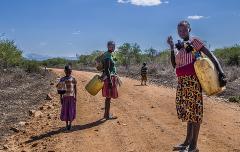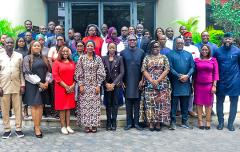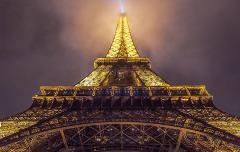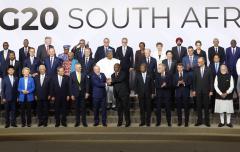We can - and must - do better: A review of IEA’s World Energy Outlook 2016
The International Energy Agency’s World Energy Outlook 2016 (WEO-2016) maps out scenarios for the global energy system by 2040, but the world needs to go well beyond its current policies and pledges to meet the promises of the Paris Agreement and the Sustainable Development Goals.
The WEO suggests that implementation of existing policies and commitments place renewables at 60% of all new power generation capacity in 2040 and most renewables-based generation is competitive without subsidies. Natural gas use rises while the share of oil and especially coal falls back, with coal consumption barely growing.
In 2040, the projected rise in energy-related carbon emissions slows to around 160 million tonnes per year, a pace that limits the rise in average global temperatures to 2.7°C by 2100. The WEO forecasts energy use for water supply more than doubling by 2040. The largest increase would come from desalination – intensifying the link between energy and water development.
Finally, IEA’s scenarios project that, in 2040, universal access is still beyond reach with more than half a billion people, increasingly concentrated in rural areas of sub-Saharan Africa, without access to electricity and 1.8 billion continuing to rely on the traditional use of solid biomass for cooking.
“We will have to do better than that,” said Rachel Kyte, CEO and Special Representative of the UN Secretary General for Sustainable Energy for All.
“To provide sustainable energy for all – and arrive at zero net emissions as soon as we can this century in order to curb warming – we have to move more quickly. We need to create the stable, long-term policy environment to encourage the shift to clean energy. We need policy as an accelerant to help deliver integrated energy systems that allow distributed clean energy to reach the ‘last mile’ first. There is a quicker, easier and faster way to spur the energy transition, and that starts with smart policies that drive energy productivity aggressively.”

A more ambitious scenario suggests the path to 2°C can be achieved. In this scenario featuring significantly faster growth, variable renewables become the biggest source of generation in the four largest power markets (China, the United States, the European Union and India) in 2040. There is much greater spending on energy efficiency and electric cars exceed 700 million. Policies are in place to further accelerate low carbon technologies and energy efficiency across all sectors, carbon emissions peak in the next few years and the global economy becomes carbon neutral by 2100. Ambitions to further limit temperature gains, beyond 2°C, require even bigger efforts and renewables play an ever increasing role.
To integrate high shares of wind and solar energy, the IEA says the operation and design of power systems need to be transformed, with stronger grids, plants ready to dispatch power at short notice, and incentives for system-friendly deployment of renewable technologies, demand-response and energy storage.
The WEO impresses the importance and urgency of a transformative change in the energy sector, through disruptive policies and investments, which can enable the world to go further, faster to meet the promises of the Paris Agreement and Sustainable Development Goals.
The Executive Summary of WEO-2016 can be downloaded here.
The full report is available from the IEA.



